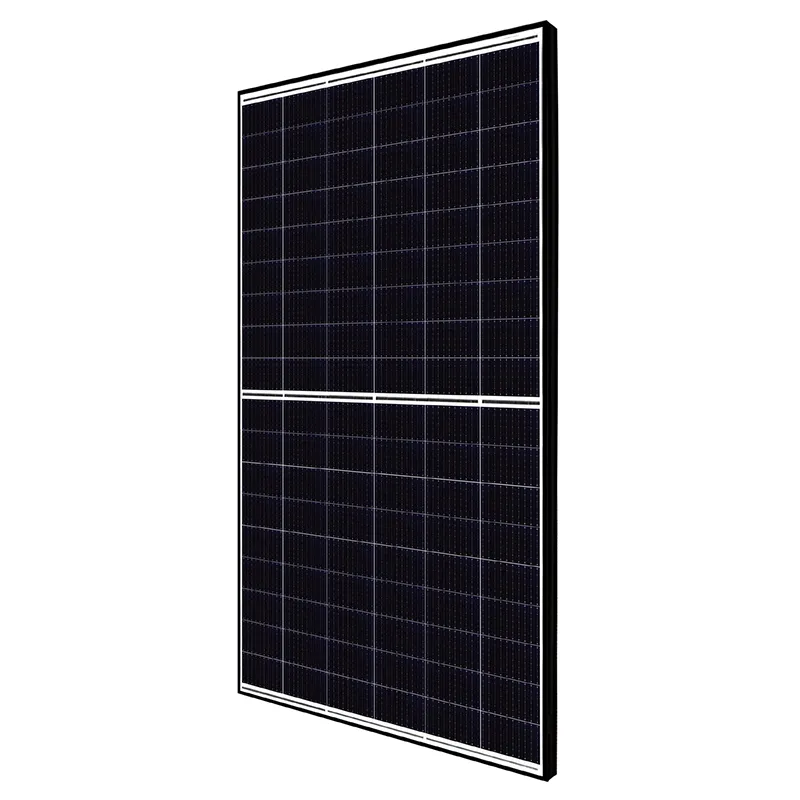perovskite solar panels
Exploring the Promise of Perovskite Solar Panels
The quest for efficient, cost-effective, and sustainable solar energy solutions has led to innovative developments in photovoltaic technology. One of the most exciting advancements in recent years has been the emergence of perovskite solar panels. Named after the mineral perovskite, these panels use a specific crystal structure that has shown remarkable efficiency and stability in converting sunlight into electricity. This article will delve into the fundamental aspects of perovskite solar panels, their advantages, challenges, and the future they promise for renewable energy.
What Are Perovskite Solar Panels?
Perovskite solar cells utilize a material with a unique crystal structure made up of organic compounds, metal halides, and other elements. This structure allows for efficient light absorption and charge carrier mobilities that are critical for high-performance solar cells. Initially, perovskite materials were used as a light-absorbing layer in combination with traditional silicon solar cells. However, researchers soon discovered that perovskite solar cells could be fabricated independently, leading to rapid advancements in their efficiency.
In recent years, perovskite solar cells have achieved an efficiency exceeding 25%, rivaling conventional silicon solar cells. This level of efficiency indicates that these panels can generate more electricity from a smaller surface area, making them an appealing option for diverse applications.
Advantages of Perovskite Solar Panels
One of the most significant benefits of perovskite solar panels is their potential for low-cost production. The materials used in perovskite solar cells are abundant and relatively inexpensive compared to the high-purity silicon required for traditional solar panels. Furthermore, perovskite cells can often be manufactured using simpler, more efficient processes such as solution processing, which could lead to reduced production costs.
In addition to cost benefits, perovskite solar panels exhibit versatility in their application. They can be fabricated on flexible substrates, allowing them to be integrated into various surfaces, such as building facades, windows, and even mobile devices. This adaptability opens up numerous possibilities for urban energy solutions and innovative architectural designs.
perovskite solar panels

Moreover, the manufacturing process of perovskite solar panels has the potential to be less energy-intensive compared to traditional methods, which is an essential factor in the overall sustainability of renewable energy technologies.
Challenges Ahead
Despite their promise, perovskite solar panels are not without challenges. One of the primary concerns is the long-term stability and durability of perovskite materials. While research has significantly improved the lifespan of these cells, environmental factors such as humidity, temperature fluctuations, and ultraviolet (UV) light exposure can still impact their performance over time. Ongoing efforts are focused on improving their stability through various encapsulation methods and material compositions.
Another significant barrier is related to the use of lead in many perovskite formulations. While lead-based perovskites achieve high efficiencies, concerns about toxicity and environmental impact necessitate the exploration of lead-free alternatives. Researchers are actively investigating new materials that can either replace lead or create hybrid structures that maintain efficiency while reducing health and environmental risks.
The Future of Perovskite Solar Panels
As researchers continue to address the challenges associated with perovskite solar panels, the outlook for this technology remains bright. Ongoing innovations and improvements in material science, manufacturing techniques, and efficiency optimization are paving the way for commercial viability. With the potential for lower production costs, higher efficiencies, and versatile applications, perovskite solar panels could play a pivotal role in the global transition to sustainable energy.
In conclusion, perovskite solar panels represent a significant leap forward in photovoltaic technology. Their unique properties and advantages could revolutionize the solar industry, making renewable energy more accessible and affordable. As we move toward a future powered by clean energy, the development and commercialization of perovskite solar technology will be crucial in creating a sustainable world. With ongoing research and collaborative efforts, the dream of harnessing the sun's power more efficiently is closer than ever to becoming a reality.
-
String Solar Inverter: The High-Efficiency Solution for Smart Solar EnergyNewsJul.14,2025
-
Revolutionizing Rooftop Energy with the Power of the Micro Solar InverterNewsJul.14,2025
-
Power Independence with Smart Off Grid Solar Inverter SolutionsNewsJul.14,2025
-
On Grid Solar Inverter: Powering the Future with Smart Grid IntegrationNewsJul.14,2025
-
Monocrystalline Solar Panels: High-Efficiency Power for the Future of Clean EnergyNewsJul.14,2025
-
Bifacial Solar Panel: A Smarter Investment for Next-Generation Energy SystemsNewsJul.14,2025







